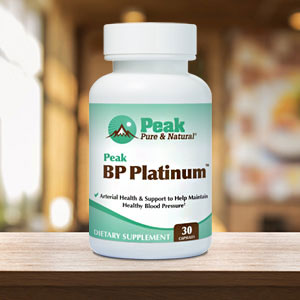

Have you ever wondered what exactly people mean when they talk about mindfulness?
Turns out mindfulness is a bit more than simply being conscious of what’s going on around you, though that is part of it. Mindfulness is actually a mental state that’s achieved by focusing your awareness on the present moment while calmly acknowledging and accepting your feelings, thoughts and bodily sensations without judgment.
More and more healthcare professionals are putting mindfulness to use as a therapeutic technique for addressing all kinds of physical and mental health issues. And the results it’s getting have been really impressive….
The healing power of mindfulness
For instance, mindfulness has been shown to reduce irritability, anxiety and depression in menopausal women and ease the symptoms of irritable bowel syndrome.
Certain mindfulness-based movement practices can help reduce low back pain.
And mindfulness practices have also proven quite effective in lowering blood pressure, fatty acids and blood sugar levels — all three of which are risk factors for stroke.
In one study, researchers divided participants with hypertension into two groups. One received enhanced usual care for high blood pressure, including a home blood pressure monitor, educational information and facilitated access to a physician when necessary. The other participated in a customized mindfulness behavior program for eight weeks.
The Mindfulness-Based Blood Pressure Reduction (MB-BP) program focused on attention control, meditation, self-awareness and regulating emotions and included weekly group sessions as well as individual, daily mindfulness exercises. All of this was designed to support healthy changes in diet, physical activity, alcohol consumption and stress, as well as adherence to any necessary medication.
When evaluated six months later, the participants who participated in the mindfulness program had significantly lower blood pressure levels!
They experienced an average drop in systolic blood pressure (the top number) of 5.9 mm Hg, compared with only a 1.4 mm Hg reduction in systolic blood pressure in the usual care group. There were no notable changes in diastolic blood pressure measurements (the bottom number) for either group.
They were also a lot less sedentary — having reduced their sitting time by an average of 351 minutes each week compared to the usual care group. And they were more likely to eat heart-healthy foods and report lower stress levels than the other group.
According to lead study author Dr. Eric B. Loucks of Brown University, “Mindfulness also involves the concept of remembering, or in other words, remembering to bring one’s wisdom — wherever it was gained, such as from health care professionals or public health messages — into the present moment.”
Why meditation or mindfulness lowers blood pressure
If like me, you find meditation a struggle, there’s good news…
You don’t have to perfect a yoga pose and spend hours in a secluded space to learn how to meditate.
Dr. Herbert Benson, director emeritus of the Harvard-affiliated Benson-Henry Institute for Mind Body Medicine, has developed a simple technique anyone can put to use — and you only need 10 to 20 minutes.
Dr. Bensons believes mindfulness works especially well for lowering blood pressure because of the “relaxation response” in which inflammation and blood vessel constriction becomes less active, allowing blood vessels to widen.
The benefits of the relaxation response appear to be mediated by an increase in levels of nitric oxide — a signaling molecule that tells blood vessels to relax, expand and open wide. A small study found that people who practiced the relaxation response for eight weeks had higher levels of nitric oxide in their breath, while a control group showed no such change.
How can you practice Dr. Benson’s relaxation technique? It’s really simple:
- Find a quiet place in your home (or favorite outdoor spot) where you can sit in a comfortable position with your eyes closed, twice a day for 10 to 20 minutes.
- Allow your muscles to relax and choose a word, phrase, sound, short prayer or mantra to focus on and repeat over and over.
- If stray thoughts disrupt, let them come and go but return to your chosen word, phrase, or prayer to regain focus.
Sources:
Mindfulness shows promise as an effective intervention to lower blood pressure — American Heart Association
Mindfulness for Your Health — NIH News in Health
Meditation and a relaxation technique to lower blood pressure — Harvard Health Publishing
